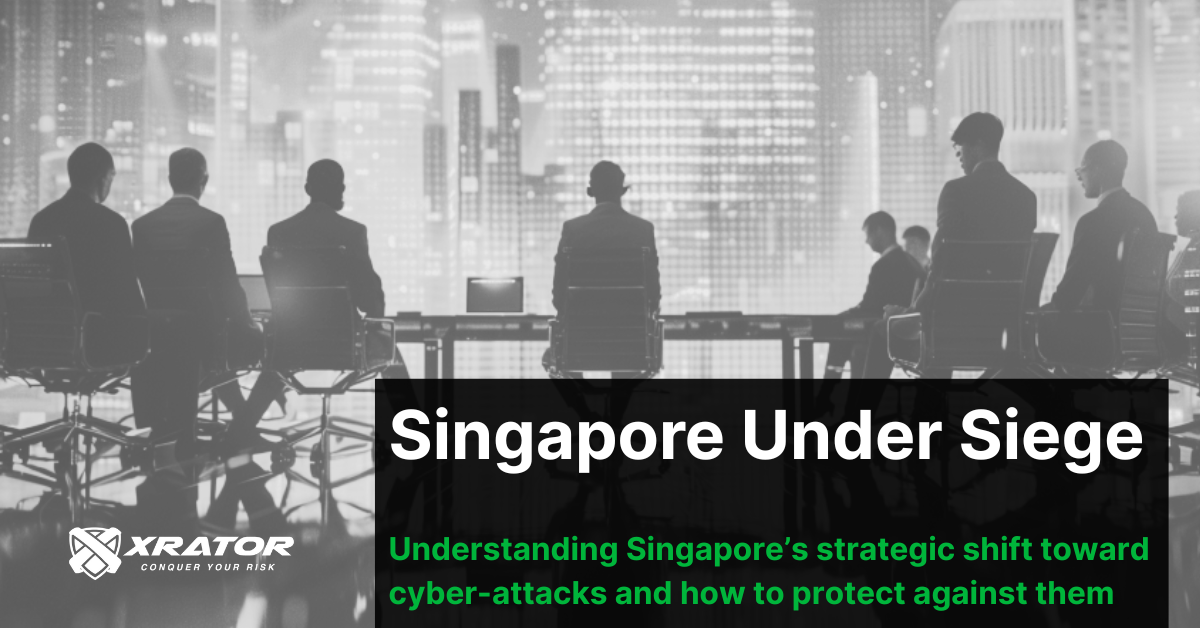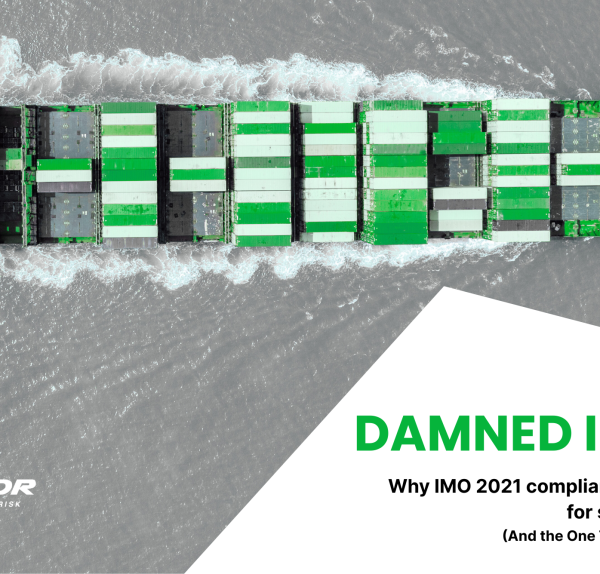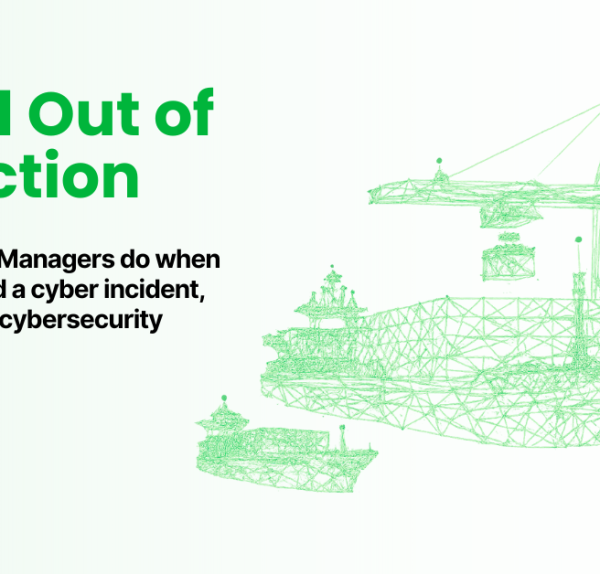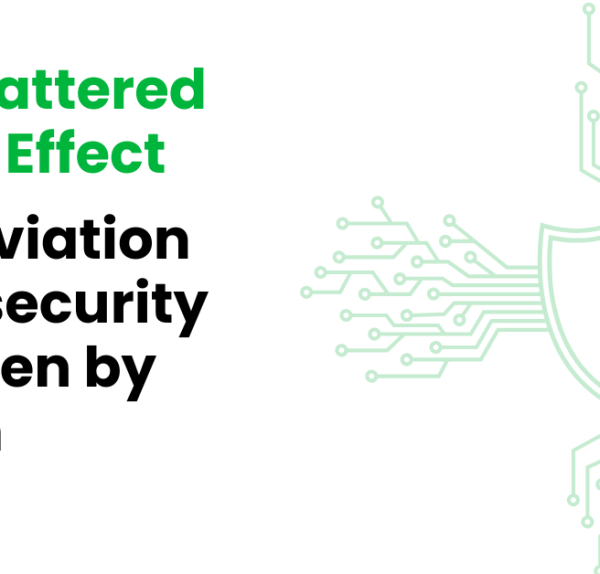Singapore faces an alarming surge in cyber attacks, including significant incidents of Cyber Attacks in Singapore, that have grown more than fourfold from 2021 to 2025. A dangerous threat now targets the nation’s critical infrastructure. CISOs must act quickly to protect these vital systems.
UNC3886, a state-sponsored cyber espionage group discovered in 2022, has emerged as a serious threat to Singapore’s national security. This advanced persistent threat (APT) group targets high-value strategic assets in multiple sectors. They exploit zero-day vulnerabilities in Fortinet, VMware, and Juniper systems to gain hidden, long-term access. CISOs who protect Singapore’s critical sectors like banking, healthcare, energy, and government services face more than technical challenges. These attacks could disrupt services, breach data, and cause major financial damage.
Don’t let your budget dictates your cyber insecurity: get a free external attack surface assessment for your systems.
The 2018 SingHealth breach shows how devastating these cyber attacks can be, especially the recent rise of Cyber Attacks in Singapore. Hackers stole personal data from 1.5 million patients, which destroyed business opportunities and stakeholder trust. The situation today looks even more dangerous as UNC3886 sets its sights on infrastructure that powers our essential services.
Understanding the UNC3886 Threat
UNC3886 stands out as the most sophisticated cyber threat Singapore has faced. Mandiant first spotted this state-sponsored cyber espionage group in 2022. The group has operated since at least 2021 and now poses a state-level threat as it probes Singapore’s critical infrastructure.
Who is UNC3886 and what makes it dangerous
UNC3886 breaks the mold of typical cyber attackers. The group uses an arsenal of custom-developed malware including MOPSLED, RIFLESPINE, REPTILE, and VIRTUALSHINE. They show remarkable skill at disabling logging functions and tampering with forensic artifacts to stay hidden. CISOs managing critical systems face a nightmare scenario: attackers can hide inside networks for months without triggering alerts. This compromises operational integrity and affects quarterly performance metrics.
The group shows exceptional technical skills by exploiting zero-day vulnerabilities in Fortinet, VMware, and Juniper devices. On top of that, they build multiple persistence layers. Even if someone finds one backdoor, others stay active.
Why Singapore is a key target
Singapore’s position as a strategic global digital hub with a connected economy makes it vulnerable. Suspected APT attacks against Singapore grew more than fourfold from 2021 to 2024. This shows how attackers now target our nation’s critical sectors.
Business leaders should consider the severe consequences – cascading failures could disrupt operations. Power outages could affect water systems, healthcare services could stop, and financial transactions could freeze. CISOs must realize this means lost revenue, regulatory penalties, and lower market value.
How UNC3886 is different from other APT groups
UNC3886’s approach is unique because they target technologies that lack strong monitoring. They focus on firewall and virtualization systems that run without endpoint detection and response (EDR) support. The group shows rare expertise in manipulating firewall firmware and uses “living-off-the-land” techniques with legitimate administrative tools.
Unlike profit-driven attackers, UNC3886 values long-term intelligence gathering over quick disruption. They hide command-and-control channels within trusted platforms like Google Drive and GitHub. This turns legitimate services into tools against you.
A Continuous Threat Exposure Management system gives you a vital advantage against these tactics. It helps find weaknesses before UNC3886 can exploit them.
How UNC3886 Attacks Critical Infrastructure
UNC3886’s operational blueprint shows how this threat actor targets the systems that Singapore’s CISOs depend on most. Their attack methods could disrupt your quarterly performance targets and operational stability right now.
Exploiting zero-day vulnerabilities in Fortinet, VMware, and Juniper
UNC3886 turns unknown security flaws in critical infrastructure components into weapons. They target CVE-2023-34048 in vCenter Server for remote code execution, CVE-2022-41328 in FortiOS for path traversal, and CVE-2025-21590 in Juniper Networks Junos OS to break system separation. Singapore’s CISOs should know that their most trusted security systems might become entry points for breaches that lead to unexpected downtime and lost revenue.
Using custom malware and living-off-the-land techniques
The group uses these specialized tools:
- MOPSLED, RIFLESPINE, VIRTUALSHINE, and VIRTUALPIE to maintain access
- REPTILE and Medusa Linux rootkits that work at kernel level to hide malicious activities
- TinyShell variants that provide hidden remote access through encrypted channels
They harvest SSH credentials from your networks and set up command-and-control channels through platforms that look legitimate, like Google Drive and GitHub. This makes traditional security investments less useful, and you need new detection strategies to keep operations running.
Targeting virtualization and network layers
UNC3886 reaches deep into networks by breaking into the infrastructure between systems – hypervisors, routers, and operational technology that often lacks proper monitoring. After getting into your VMware environment, they steal service account credentials and plant multiple backdoors across ESXi hosts and vCenter servers. This layered attack lets them connect network segments you thought were separate.
Evading detection through log tampering and stealth persistence
UNC3886 stays hidden in compromised networks for months by turning off logging systems and changing forensic evidence. Their rootkits hide processes, alter file content, and encrypt files with random keys. Once you find them, they adapt to your containment efforts by switching tools and changing network settings.
Sectors at Risk and Potential Impact in Singapore
Singapore has designated eleven critical sectors—including energy, water, healthcare, transport, and financial services. This highlights what we face as CISOs: targeted attacks against our most vital infrastructure. UNC3886’s ongoing assault on Singapore makes us lose sleep at night.
Energy and water disruption scenarios
A successful cyber attack on our power grid creates a nightmare chain reaction. Power failures instantly bring down water treatment and distribution systems. Energy sector CISOs could face liability for citywide service disruptions and recovery costs in millions. The quarterly KPIs would show devastating deviations from targets. The board would ask tough questions about preventive measures that should have been in place.
Healthcare and emergency services vulnerability
Stable networks are the lifeline of hospital operations. Attackers have stayed hidden in healthcare networks for nine months before anyone spotted them. Picture yourself explaining to stakeholders why patient data systems were breached despite your security investments. A Continuous Threat Exposure Management approach tells a different story—it shows how you spotted and fixed vulnerabilities before they could disrupt patient care.
Financial and transport system degradation
Attacks on banking and payment infrastructure directly hit transaction volumes—a crucial metric in your performance reviews. Airport or maritime port system breaches can halt operations and lead to financial penalties and customer payouts. These situations hit the P&L directly rather than being abstract security concerns.
Reputational and economic consequences
UNC3886’s activities not only disrupt operations but also threaten Singapore’s reputation as a trusted business hub. Your organization faces:
- Partners questioning your security stance leads to missed business chances
- Regulatory scrutiny and fixes drive up costs
- Public breach disclosures tank market value
UNC3886 isn’t just testing the waters—they’re carrying out targeted espionage that could cripple operations. Our defensive strategies must shift from reactive to preemptive, especially since Singapore has seen APT activity jump fourfold.
How to Defend Against UNC3886 Attacks
Protecting your organization’s critical infrastructure from UNC3886 demands quick action. Your business operations’ security depends on taking proactive steps that line up with your objectives.
Apply latest patches and isolate outdated systems
You should patch vulnerable systems right away to block UNC3886’s main attack vectors. The key vulnerabilities that need patches include CVE-2023-34048 in vCenter Server, CVE-2022-41328 in FortiOS, and CVE-2025-21590 in Juniper devices. Juniper networks users should upgrade to software releases like 21.2R3-S9, 22.4R3-S6 or 24.4R1 to fix critical vulnerabilities. Systems that can’t be patched quickly should be isolated from your network.
Implement Continuous Threat Exposure Management (CTEM)
CTEM acts as a preemptive shield against UNC3886 with its five-pillar approach that connects security to business outcomes:
- Scoping: Identify all digital assets across your environment
- Discovery: Scan environments for vulnerabilities and misconfigurations
- Prioritization: Focus resources on exposures posing greatest business risk
- Validation: Verify threats through simulated attacks
- Mobilization: Address validated exposures through patching or configuration updates
CTEM solution like XRATOR stands out from traditional approaches by providing live threat visibility, which helps executives make better decisions about resource allocation.
Boost detection with MITRE ATT&CK mapping
The MITRE ATT&CK framework helps identify UNC3886’s behavioral patterns instead of just looking for compromise indicators. Your detection systems should include updated UNC3886 indicators, especially for malware families like MOPSLED, RIFLESPINE, REPTILE, and LOOKOVER. This strategy helps predict attacks before they affect quarterly performance.
Rotate credentials and enforce MFA
Credential theft is the life-blood of UNC3886’s strategy, which makes regular rotation of SSH keys and admin credentials crucial. Your team should watch TACACS+ authentication logs for any suspicious access attempts. MFA on device administration access creates strong barriers to lateral movement if credentials get compromised.
Run red-teaming and integrity checks regularly
Tools like Juniper JMRT help detect network manipulation through rootkit and integrity scans. Red-teaming exercises should target virtualization layers and edge routers – UNC3886’s preferred attack points. These tests reveal your environment’s vulnerabilities before attackers can exploit them.
Coordinate with CSA and sector peers for shared intelligence
Singapore’s Cyber Security Agency (CSA) requires organizations to report suspected APT attacks. This national-level coordination strengthens response capabilities. Multi-agency tabletop exercises with CSA and SAF/MINDEF help establish clear crisis escalation paths. Shared intelligence lets organizations build collective defense capabilities and reduce individual risks.
Conclusion
Singapore’s critical infrastructure faces new threats with UNC3886’s arrival. This advanced APT group targets our nation’s vital systems and poses a real danger to operations and profits. Cyber attacks have grown four times since 2021, showing that defensive strategies alone won’t protect critical assets anymore.
Singapore’s CISOs should see UNC3886 as more than just a technical problem – it’s a critical business risk. A breach could cost millions in recovery, penalties, and missed opportunities. When these advanced attackers target your infrastructure, they put your performance metrics, board trust, and market value at risk.
Continuous Threat Exposure Management acts as a shield against these new threats. Traditional security waits for breaches, but CTEM finds weak points before attackers do. Your security stance moves from defense to prevention, which cuts down risk windows and protects revenue.
Critical sectors in Singapore have never faced higher stakes. One successful attack could cause chain reactions across energy, water, healthcare, and financial systems. The right time to act is now, not after your systems break down and stakeholders want answers.
Without doubt, working with the Cyber Security Agency and industry partners boosts your defenses through shared knowledge and best practices. This teamwork combines with red-team testing, credential updates, and careful patching to build strong protection against UNC3886’s advanced methods.
Protecting Singapore’s critical infrastructure depends on our shared watchfulness and active security measures. You’ll rest easier knowing you have detailed defenses that protect your systems, business success, and stakeholder confidence. Singapore can keep its position as a secure global digital hub. Quick action today stops your organization from becoming UNC3886’s next target.
Key Actions
Singapore faces an unprecedented cyber threat from UNC3886, a state-sponsored APT group that has contributed to a fourfold increase in attacks since 2021. Here are the critical defense strategies every CISO must implement:
• Patch immediately and isolate legacy systems – Apply critical patches for CVE-2023-34048 (vCenter), CVE-2022-41328 (FortiOS), and CVE-2025-21590 (Juniper) to block primary attack vectors
• Deploy Continuous Threat Exposure Management (CTEM) – Implement proactive five-pillar approach to identify vulnerabilities before attackers exploit them, shifting from reactive to preventive security
• Strengthen credential security and detection – Rotate SSH keys regularly, enforce MFA on admin access, and map UNC3886 tactics to MITRE ATT&CK framework for behavioral detection
• Coordinate with CSA and conduct regular testing – Participate in mandatory APT reporting, share threat intelligence with sector peers, and run red-team exercises targeting virtualization layers
• Recognize the business-critical impact – UNC3886 targets Singapore’s critical infrastructure including energy, healthcare, and financial systems, potentially causing millions in recovery costs and operational disruption
The time for action is now – UNC3886’s sophisticated techniques including custom malware, zero-day exploitation, and stealth persistence make traditional security measures insufficient. Proactive defense through CTEM and coordinated response capabilities represent your best protection against this state-level threat targeting Singapore’s position as a secure digital hub.
FAQs
Q1. What is UNC3886 and why is it a significant threat to Singapore? UNC3886 is a sophisticated state-sponsored cyber espionage group targeting Singapore’s critical infrastructure. It poses a significant threat due to its ability to exploit zero-day vulnerabilities, use custom malware, and employ stealthy tactics to remain undetected in networks for extended periods.
Q2. How does UNC3886 typically attack critical infrastructure? UNC3886 exploits vulnerabilities in key systems like Fortinet, VMware, and Juniper, uses custom malware and living-off-the-land techniques, targets virtualization and network layers, and evades detection through log tampering and stealth persistence methods.
Q3. What sectors in Singapore are most at risk from UNC3886 attacks? The most vulnerable sectors include energy, water, healthcare, transport, and financial services. Attacks on these critical sectors could lead to widespread disruptions, data breaches, and significant economic consequences for Singapore.
Q4. What is Continuous Threat Exposure Management (CTEM) and how does it help against UNC3886? CTEM is a proactive approach to cybersecurity that involves continuous scanning, prioritization, and addressing of vulnerabilities. It helps organizations identify and mitigate potential weaknesses before attackers like UNC3886 can exploit them, shifting from reactive to preventive security measures.
Q5. What immediate steps can organizations take to protect against UNC3886 attacks? Organizations should immediately apply the latest security patches, implement multi-factor authentication, regularly rotate credentials, conduct red-team exercises, and coordinate with the Cyber Security Agency (CSA) for threat intelligence sharing. Additionally, implementing CTEM and enhancing detection capabilities are crucial for long-term protection.






